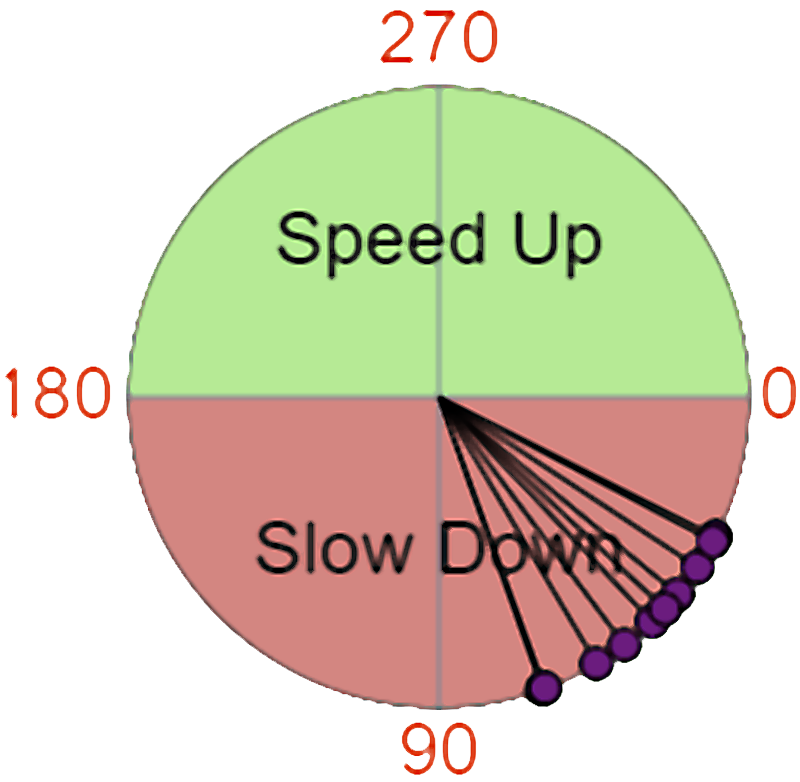Kuramoto Model Simulation
The purpose of this Simulation is to represent the activity of neurons in the brains of patients suffering from Parkinson's Disease, but more specifically when they experience Tremors. From recent reasearch, we have learnt that the use of DBS through electrodes can in many cases reduce the severity of the Tremors to almost nil, however, stimulating the Brain at certain intervals can in turn make the rates of Tremors worse, so the objective of this Simulation is to pin-point the right moments to trigger the stimulations.
The vectors with Purple ends rotating around the diagram represents the neurons, and how they attempt to collate with each other. Through the use of the stimulate button, the neurons will either increase or decrease in speed, depending on which section within they lie. Once you press 'Start Timer', you have 60 seconds to earn the highest points you can, which is evaluated through the rates of Coherance and Tremor activity. As Tremors often worsen when neurons are working synchronously, the aim is to disarray the neurons to as high of a degree possible. Good Luck.
Update rule:
![]()
We welcome researchers wishing to reuse our data to contact the creators of datasets. If you are unfamiliar with analysing the type of data we are sharing, have questions about the acquisition methodology, need additional help understanding a file format, or are interested in collaborating with us, please get in touch via email. Our current members have email addresses on our main site. The corresponding author of an associated publication, or the first or last creator of the dataset are likely to be able to assist, but in case of uncertainty on who to contact, email Ben Micklem, Research Support Manager at the MRC BNDU.


